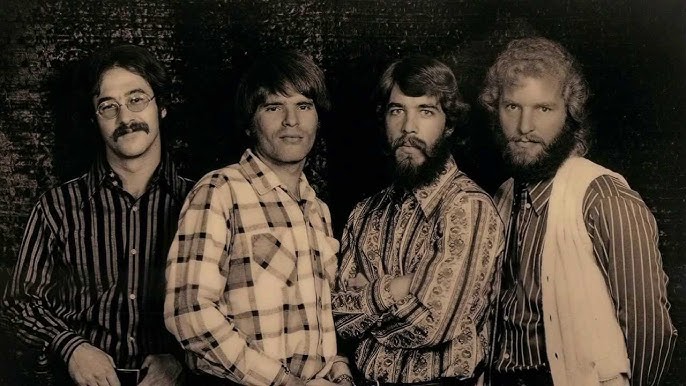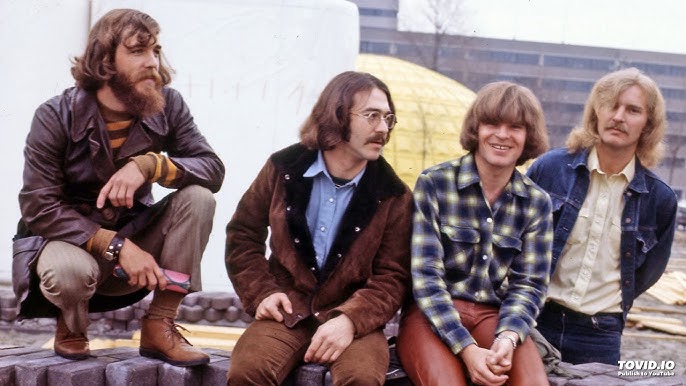CCR’s “Grapevine”: Motown Classic Meets Swamp Rock

In 1970, amidst a constantly evolving musical landscape, the legendary band Creedence Clearwater Revival (CCR) made a bold move: they transformed Marvin Gaye’s Motown classic “I Heard It Through The Grapevine” into a captivating rock anthem, infused with their distinct sound. This was no mere cover; it was a spectacular metamorphosis, where smooth soul was injected with CCR’s raw, gritty, swamp rock spirit.
Marvin Gaye’s original (released in 1968) was already a soul masterpiece, with haunting vocals and an enchanting R&B rhythm. However, CCR, with their unique “swamp rock” style, saw the potential to reimagine the song in a completely new direction. They didn’t attempt to replicate the original but instead imbued it with a powerful, edgy, and highly performative energy.
CCR’s rendition, particularly John Fogerty’s powerful vocals and distinctive guitar playing, became the driving force behind this nearly 11-minute track. With captivating guitar riffs, pounding drums, and a solid bassline, CCR transformed the song’s lyrical themes of suspicion and turmoil into a tense and climactic musical experience. The lyrics about receiving painful news “through the grapevine”—implying betrayal and heartbreak—were delivered by John Fogerty with raw emotion, conveying both indignation and bitterness.
This audacious transformation brought immense success to CCR. Their cover of “I Heard It Through The Grapevine” not only received critical acclaim but also became one of their most beloved songs, cementing CCR’s reputation for unique reinterpretations and successfully blending rock intensity with timeless storytelling. It proved that a great song can be interpreted in many different ways, and sometimes, breaking the mold creates new classics.
To this day, this cover remains a prime example of how a band can make another’s work entirely their own, while also bringing a fresh perspective to an already familiar tune. CCR’s “I Heard It Through The Grapevine” is not just a cover; it’s an artistic statement.











